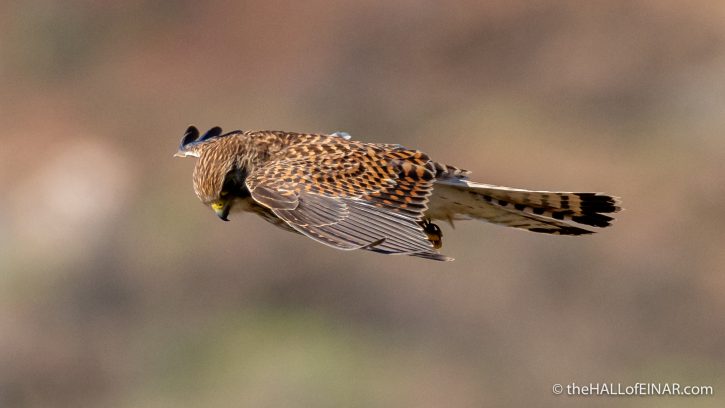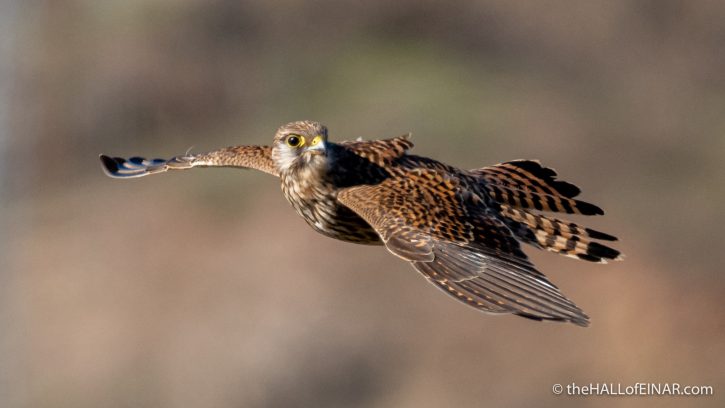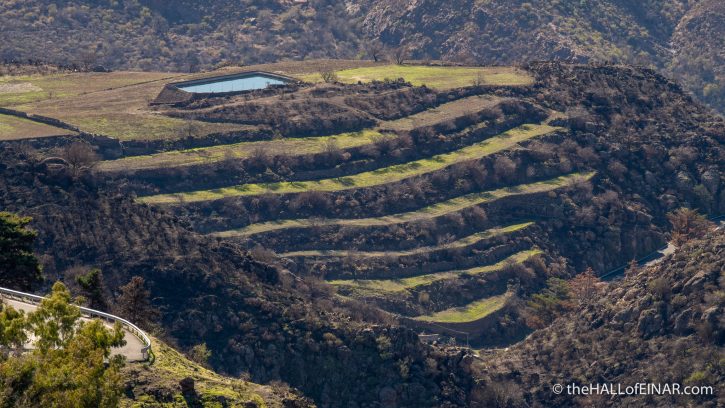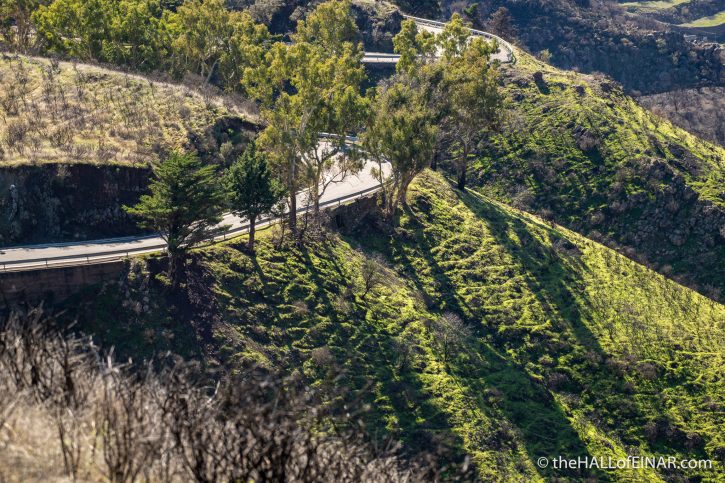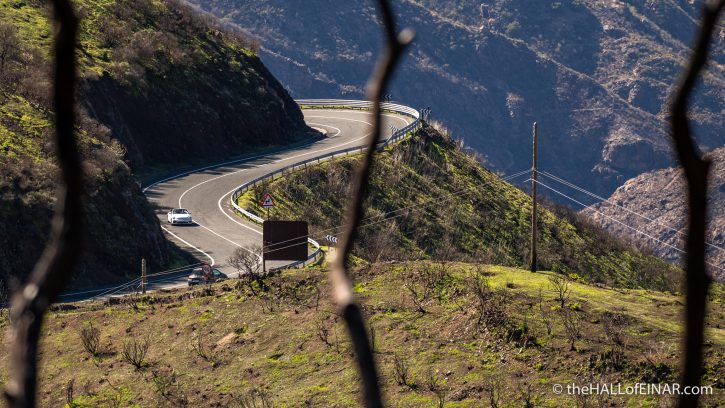Canary Islands Kestrels
My son asks me if I fancy going on a long-weekend holiday to the Canary Islands. I say yes. I have no idea where the Canary Islands are.
He’s the ultimate resource investigator. He’s done all the research, books the best deals and knows the route we’ll be taking. It’s fabulous. I ask his advice on what to pack. He says he’s just taking 10kg of photo gear wrapped in t-shirts. Sounds eminently sensible to me.
I’m feeling slightly freaked out that I’m on one of a series of volcanic islands off Africa. What do you think of the view?
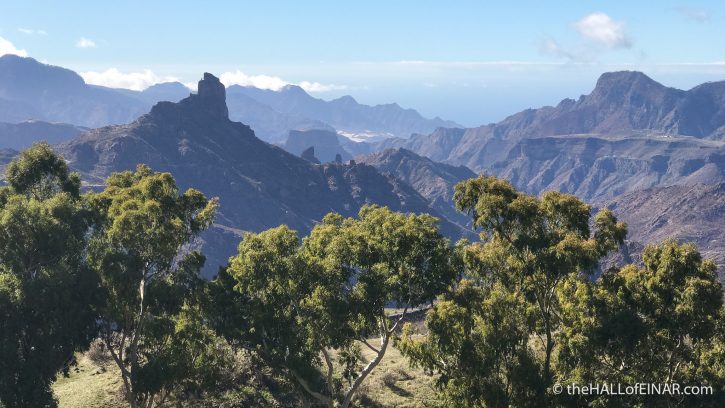
We stop at Artenara at 1270m above sea level and I spot a bird of prey. It’s a Common Kestrel. They have got to be one of my favourite birds. Their ability to hover in blustery winds and keep their heads perfectly still is a super-power:
In Orkney they are known as Moosiehawks or Windcuffers. Cuffer means to hit. They’ve also been called Windhovers and Windfuckers, from the time when to fuck meant to beat or to strike, long before it took on an altogether different meaning. Windstriker; Windbeater. They’re great names.
What a fabulous introduction to the Island. The barren mountains are wonderful through the haze. It’s a landscape JRR Tolkien would populate with dragons. We don’t need them. We have amazing creatures here already.
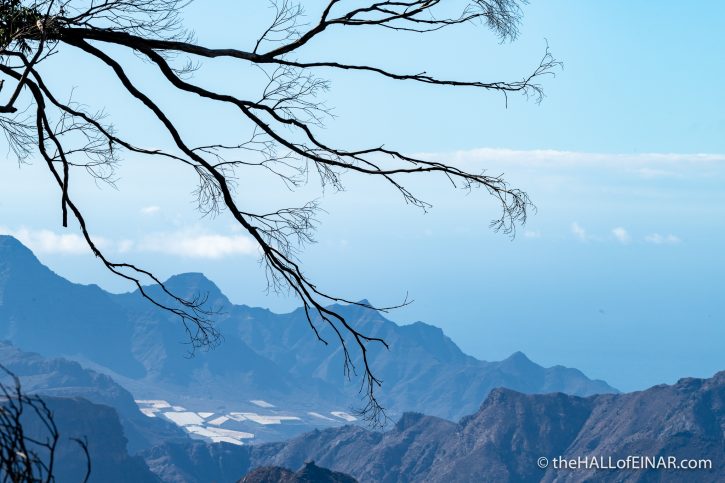
The Kestrel is persistent. Here on Gran Canaria there’s a different subspecies of the Common Kestrel. It’s Falco tinnunculus canariensis. This time she’s looking up and across towards us, rather than down at a mouse.
It’s perfect hunting ground here for Common Kestrels.
I hope it’ll be great photograph hunting ground for us.
We’ve a long and winding road ahead of us. My son’s booked a cave for us to stay in.
More from Gran Canaria
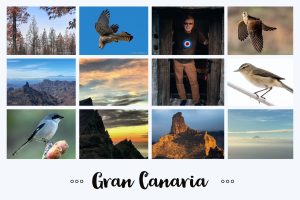 Gran Canaria – the outtakes It's been an incredible few days in Gran Canaria with my son. We've laughed and smiled at so many great… read more
Gran Canaria – the outtakes It's been an incredible few days in Gran Canaria with my son. We've laughed and smiled at so many great… read more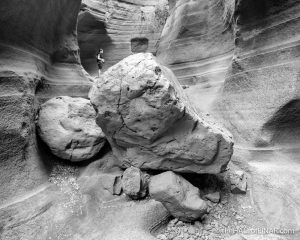 Barranco de Barafonso My son has another photograph he'd like to take. He's researched it all and knows the route we'll be taking… read more
Barranco de Barafonso My son has another photograph he'd like to take. He's researched it all and knows the route we'll be taking… read more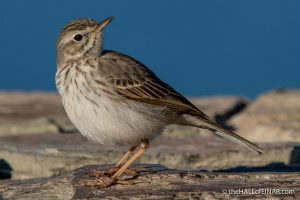 Pipit on parade Many of the plants on Gran Canaria have given up on having leaves. Some have evolved to simply have stems… read more
Pipit on parade Many of the plants on Gran Canaria have given up on having leaves. Some have evolved to simply have stems… read more The dunes of Maspalomas My son has a specific photograph in mind and he wants to get it. He's a very driven young man.… read more
The dunes of Maspalomas My son has a specific photograph in mind and he wants to get it. He's a very driven young man.… read more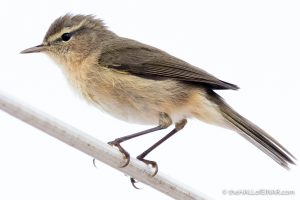 Canary Islands Chiffchaff on the balcony We're in Gran Canaria for a few days and we've moved to Agaete, a coastal town. There's a wonderful walk… read more
Canary Islands Chiffchaff on the balcony We're in Gran Canaria for a few days and we've moved to Agaete, a coastal town. There's a wonderful walk… read more Incoming! We've diverted from our route slightly to visit Roque Bentayga on Gran Canaria. Looking down into the ravine, it's great… read more
Incoming! We've diverted from our route slightly to visit Roque Bentayga on Gran Canaria. Looking down into the ravine, it's great… read more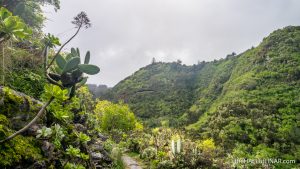 A Canary Islands Robin deep in the prehistoric Laurel forest A quick check reveals there's a stretch of original Laurisilva forest on our route through Gran Canaria. That's exciting. How… read more
A Canary Islands Robin deep in the prehistoric Laurel forest A quick check reveals there's a stretch of original Laurisilva forest on our route through Gran Canaria. That's exciting. How… read more Bertholet’s Pipit on Gran Canaria Clear skies, winding roads, sea spray; what's not to like? We're driving on the GC-200 through Parque Natural Tamadaba on… read more
Bertholet’s Pipit on Gran Canaria Clear skies, winding roads, sea spray; what's not to like? We're driving on the GC-200 through Parque Natural Tamadaba on… read more


